Cloud-native MEAN Stack
EMBARK ON A JOURNEY TO BECOME A SOFTWARE ENGINE ERING PRO
Tier-1 Software Engineer Bootcamp
9 Months
Integrated Boot Camp
Full-stack Development
Placement Assured
In-Demand Skills Higher Salaries
Cloud Native, Cross Platform
Project Oriented, Team Based
Led By Industry Experts
The Cloud Native MEAN Stack Developer Training Program is a comprehensive, hands-on bootcamp curated for aspiring and seasoned developers alike. This immersive journey empowers participants with in-depth knowledge and proficiency across the entire MEAN (MongoDB, Express.js, Angular, Node.js) stack, fostering expertise in cloud-native development practices. Through this program, participants not only master the intricacies of MEAN technologies but also delve into modern cloud ecosystems, enabling seamless integration and deployment in cloud environments like AWS, Azure, or Google Cloud.
Graduates emerge equipped to architect scalable, resilient, and agile applications, leveraging containerization, microservices, and DevOps methodologies. This program serves as a launchpad into the expansive world of cloud-native development, positioning professionals for lucrative opportunities in the thriving IT industry.


Kickstart Your Tech Career
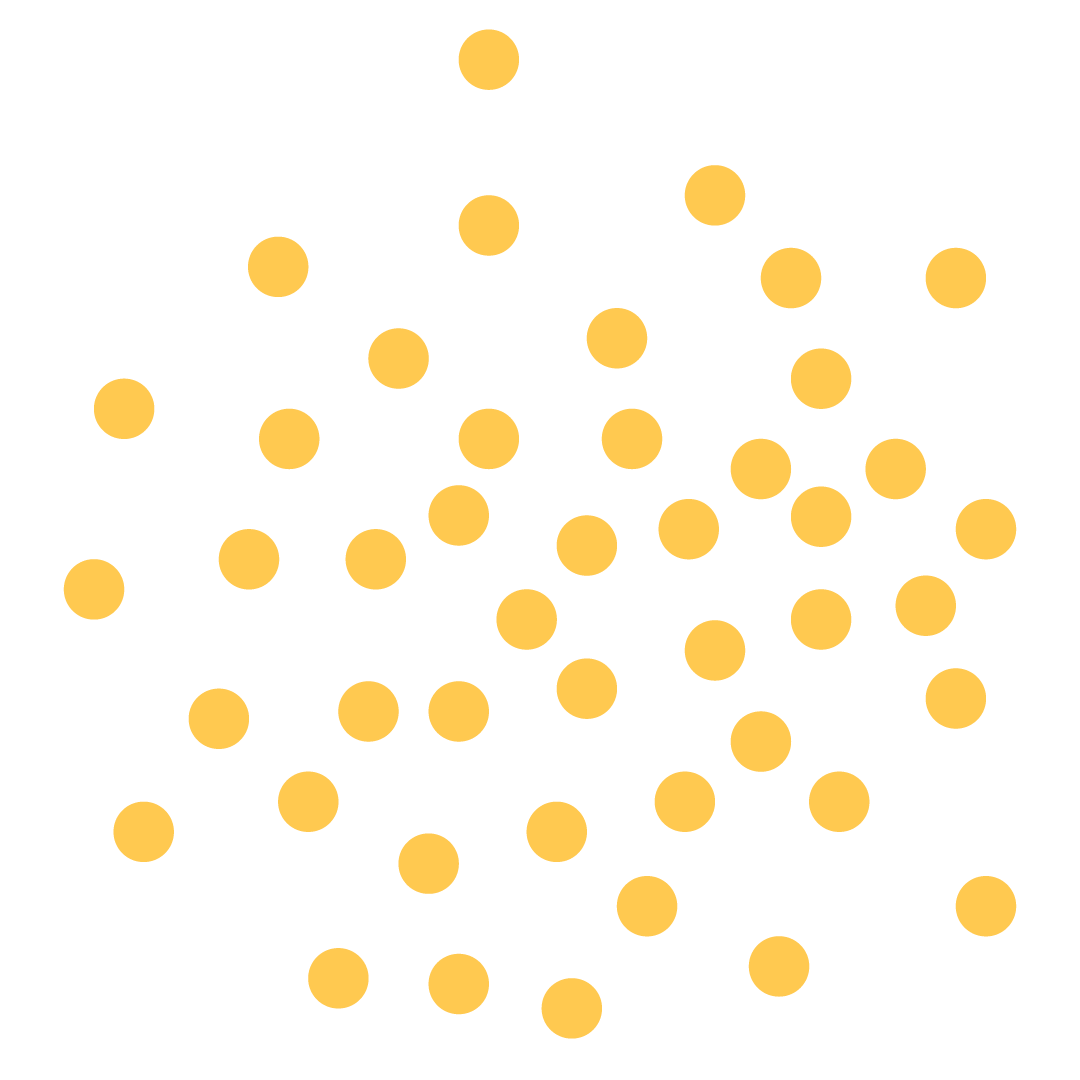


The journey at Aitrich Academy’s Bootcamp begins with an
immersive kickstart phase, designed to orient you to the path
ahead.
A comprehensive session to acquaint you with the bootcamp’s
structure, objectives, and expected outcomes.
Meet the Mentors
An opportunity to meet the team of seasoned software engineers
and mentors who will guide you through this transformative
journey.
Collaborative Environment Setup
Setting up the tools and environments that will be your
companions throughout the program, including coding
platforms, project management tools, and communication
channels.
What will you Learn in this Training Program?
Program Objectives
The primary objective of this training program is to equip you with the skills and knowledge necessary to become a successful Full-Stack developer in the modern software industry. Through the program, you will learn how to design, develop, and deploy web applications using the latest web development technologies and practices.
The program will teach you the fundamental concepts of web development and give you a solid understanding of the technologies used in modern web development.
This knowledge will help you build a strong foundation for your career as a Full-Stack Developer
This program dives into essential UI/UX design principles, teaching you to craft user-centric digital experiences. You’ll explore key concepts like consistency, hierarchy, and usability, while mastering industry-standard tool like Figma. By learning to create intuitive interfaces and prototypes, you’ll be equipped for a successful career in UI/UX design.
- Building professional grade web applications using HTML, CSS and JavaScript.
- Developing responsive and mobile-first front-end applications using Bootstrap.
- Developing scalable, high performance Single Page Applications (SPA) using Angular and TypeScript.
The program will teach you how to create web applications using Angular as Front-End and Node js as Back-End.
This will help you gain a competitive edge in the job market and increase your chances of landing a high-paying job.
You will gain an understanding of the underlying architecture of web applications, including front-end technologies such as HTML, CSS, and JavaScript, as well as back-end technologies like databases and web servers.
Implementing security features is an essential aspect of web development, and MEAN Stack Developer training program covers this topic extensively. You will learn how to secure your web applications by protecting them from potential threats such as cross-site scripting (XSS), SQL injection, and other attacks.
In the training program, you will learn about various security features such as authentication and authorization, identity management, and role-based access control. You will learn how to use these features to authenticate users, manage user identities, and authorize access to different resources within your application.
By mastering these skills, you will be able to create secure and reliable web applications. This skill is highly sought after by employers who are looking for developers with a strong understanding of web application security.
In the program, you will learn how to develop applications using modern software development practices that emphasize code quality, maintainability, and scalability.
The program covers topics such as code organization, Test Driven Development (TDD), and continuous integration and deployment(CI/CD). You will learn how to structure your code into modules and components that are easy to understand and maintain. You will also learn how to write unit tests to ensure that your code works correctly and how to use continuous integration and deployment (CI/CD) tools to automate the software development process.
The program also covers agile software development practices, which are widely used in the industry to ensure that software projects are completed on time and within budget. You will learn how to use agile methodologies such as Scrum and Kanban to manage software projects and collaborate with team members effectively.
Mastering the skill of developing applications using modern software development practices makes you a desirable candidate for web development positions that require experience with modern software development practices. This skill is in high demand as many organizations are looking for developers who can write high-quality, maintainable, and scalable code. With this skill, you can open up many career opportunities in the field of web development.
- Using SCRUM for managing software product development in an agile model.
- Using XP (Extreme Programming) practices such as Test-Driven Development (TDD), Pair Programming, and Continuous Integration and Delivery for efficient software development.
- Using Kanban for tracking project progress and efficiency of the team.
- Git for Source Control
- Github for hosting the codebase.
- Trello for Task Management
- Jira for Issue Tracking.
- Diagrams.net/Draw.io for creating UML Diagrams and other System Design Diagrams
- Figma for UI/UX Designing
The most in-demand Web Technology.
MEAN Stack - An Overview
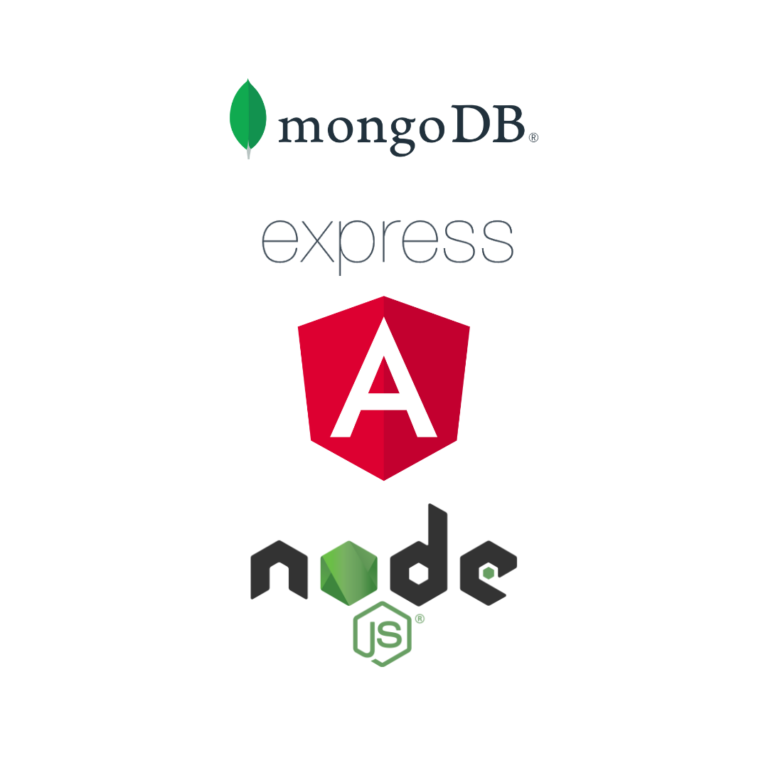
The MEAN stack encompasses MongoDB, Express.js, Angular, and Node.js, forming a powerful, full-stack JavaScript framework for developing dynamic web applications. MongoDB, a NoSQL database, stores data in JSON-like documents, offering flexibility and scalability. Express.js, a web application framework for Node.js, simplifies server-side development with its minimalistic approach. Angular, a front-end framework maintained by Google, enables the creation of robust, single-page applications with its powerful features and two-way data binding.
Node.js, a JavaScript runtime, executes server-side code, facilitating the building of scalable and event-driven applications. MEAN stack development allows for seamless integration across the entire application stack, fostering efficient, real-time data flow and rapid development of modern, responsive web applications.
Program Outline
Below is the high-level outline of The Cloud Native MEAN Stack Developer Training Program
- Student Onboarding, introductions
- High-level overview of the Software Product being developed in the program
- Overview of Technology and Tools covered and used in the program
- Introduction to the methodologies for training and development in this program
- Illustration of the outcome of this program
- Tools Sign-up
- Project scope of work & brainstorming
- Product backlog creation and estimation
- Project Milestones and Delivery Plan
- Software Systems Overview
- Software Engineering Roles & Responsibilities
- SDLC – Software Development Life Cycle
- Agile Methodologies
- Git Fundamentals
- Agile Requirements
- Creating Use Case Diagrams for the System
- Creating User Stories for the System
- Creating SRS – Software Requirements Specification
- Product Backlog Grooming
- Creating a Release & Sprint Plan for the System
- Intro to UI/UX Process & Figma
- Building low-fidelity wireframes using Figma
- Building high-fidelity mockups using Figma
- System Analysis & Design Overview
- Domain Modeling: Create high-level Domain Model for the system
- System Architecture: Create high-level architecture of the system
- Web development and the different types of web applications
- Basic concepts of web servers and web clients
- Understanding HTTP and HTTPS protocols
- Understanding the basic structure of the web, including HTML & CSS
- Front-end programming using JavaScript and JQuery
- Overview of popular web development frameworks and libraries
- Building the project web-front-end using HTML, CSS & JavaScript
- Building responsive web applications using Bootstrap
- Single Page Applications (SPA) & Angular Fundamentals
- TypeScript, Components & Templates
- Angular Routing & Navigation
- Angular Application Architecture
- Applying Bootstrap Theme inside Angular Application
- TDD & Unit Testing Fundamentals
- Automate UI testing using karma & jasmine
- Automatic UI testing using Selenium
- Restful API Design Fundamentals
- Swagger & Open API
- Designing API End-points using Swagger Tools
Introduction to programming and JavaScript
Functions and scope
Variables, data types, and operators
Arrays and objects
Control flow and loops
Introduction to Node.js and its features
Setting up Node.js environment
Running Node.js scripts
The Node.js REPL (Read-Eval-Print-Loop)
Introduction to basic NodeJS web development
Handling Request and Response
Creating Web Server using HTTP Core Module
Fetching data from the request parameter
Exploring HTTP Methods and status codes
Basic concepts of Node.js: modules, event-driven architecture, and non-blocking I/O
Introduction to modules and their importance in Node.js
Creating and using custom modules
Exploring the NPM ecosystem and package.json
Installing and managing packages using NPM
Project structure(We provide)
Working with the fs module for file I/O
Reading and writing files
Working with directories
Working with streams
Significance of Events
EventEmitter class
Emitting and listening to events
Types of streams
Working with streams
Composing streams using pipe
Introduction to Express.js framework
Setting up an Express.js application
Routing and handling HTTP requests
Middleware and its role in Express.js
Building RESTful APIs with Express.js
Directory structure
Introduction to TDD principles and benefits
Writing unit tests using a testing framework (e.g., Mocha, Jest)
Testing Express.js routes and middleware
Integration testing with a test database
Directory structure
Introduction to databases and their role in web applications
Overview of SQL and NoSQL databases
Introduction to MongoDB and its features
Connecting Node.js to MongoDB
Performing CRUD operations with MongoDB
Project structure
Understanding authentication and authorization concepts
Implementing user authentication with Express.js and MongoDB
Hashing and salting passwords
Handling user sessions and cookies
Securing APIs with JSON Web Tokens (JWT)
Introduction to DDD
Key Principles
Course Structure
Key Building Blocks of DDD
Entities, Value Objects, Aggregates
Repositories, Factories
Domain Services, Modules
Strategic Design in DDD
Bounded Contexts
Ubiquitous Language
Context Mapping
Modelling Techniques
Event Storming
Domain Modelling
Implementation Elements
Aggregates and Repositories
Domain Services
Event-Driven Architecture (Event Sourcing, CQRS)
Training Methodology
This program follows Aitrich Training Methodology(ATM), which is designed to provide a real-life software engineering experience to the students.
ATM is a specialized learning methodology that follows standard software engineering principles and practices as part of the whole learning process. It is based on a project-based, team-oriented, and instructor-led approach that emphasizes collaboration, problem-solving, and continuous improvement.
Agile Software Product Development
The entire program is designed around a software project that develops a real-life application and the whole batch of students are organized as the team members who develop the system. The team will follow agile methodologies such as SCRUM, and software engineering principles and practices as part of their daily tasks. As the program progresses towards the end, the project will be fully developed by the team members.
At the end of the program, the students will have all the skills of an experienced software engineer who can undertake serious software projects with a sense of ownership.


What other essential skills you earn from this program
Beyond MEAN Stack
Since this training program is following Aitrich Training Methodology (ATM), this program will have the following salient features, besides the specific technology learning, as part of transforming the candidate into a highly skilled and productive Software Engineer:
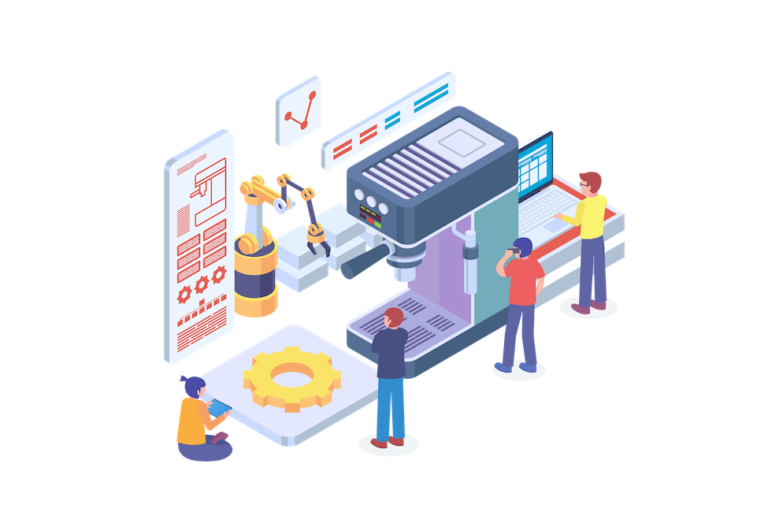
Real World Product Development
The Training Program is designed as a real-world software product development project from start to end, in an iterative and incremental model. The participants go through a fully immersive experience of working as a real software team that follows agile Software Engineering Processes and Best Practices on a daily basis.
This will provide the participants with all the skills required to become confident Software Engineers who can join any professional software team and start performing from day one.
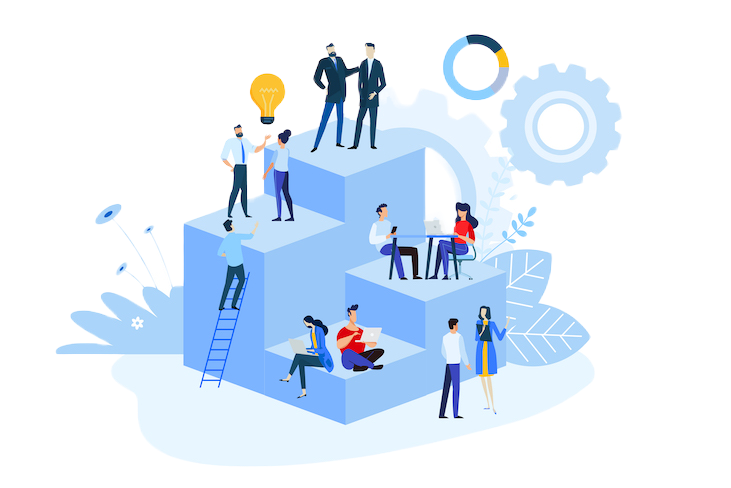
Project Management
The program would introduce participants to agile project management techniques, including the principles of Agile, Scrum, and Kanban methodologies. Ranging from Sprint Planning, Effort Estimation, Project Monitoring and Tracking using tools such as Trello and Burn Down Chart, they would continuously review and improve their efficiency and productivity as part of a matured agile team.

Requirements Engineering
This training program will help you understand how to elicit, analyze, specify, validate, and manage the requirements for software and other technical projects. You will learn about the different stages of requirements engineering, and how to work with stakeholders to get everyone on the same page.
This training program will help participants learn how to manage requirements throughout the project lifecycle, so that the end product meets the needs of stakeholders.

Agile Methodologies
This program will help you learn about agile project management methods. We’ll cover the Agile Manifesto, the principles of agile, and the different agile frameworks.
The program would help participants learn about the different roles and responsibilities in a project team using agile methods. They would learn how to use user stories, sprint planning, daily stand-up meetings, and retrospectives to manage the project and create value for customers.
Agile methods help you manage projects and improve your ability to provide value to customers in a rapidly changing environment.

eXtreme Programming (XP) Practices
This training program will teach the participants how to use the practices of Extreme Programming (XP) to create high-quality software. These practices include test-driven development (TDD), pair programming, continuous integration, and refactoring. They will learn how to apply these techniques in your projects to improve the quality of your code and reduce defects.
Participants would learn about the importance of working together and communicating with each other in XP practices.
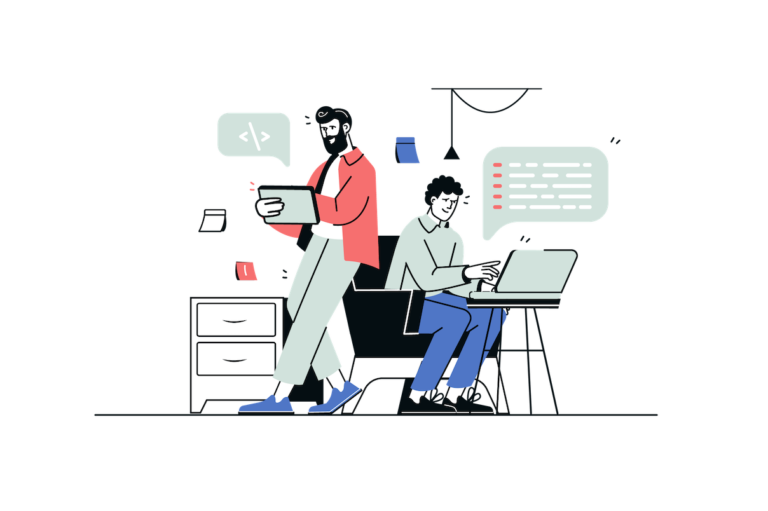
Test Driven Development
This training program is designed to teach you how to use Test-Driven Development (TDD) to develop software that meets requirements. You will learn how to write unit tests in the specific programming languages, how to use TDD to develop code that meets requirements, and how to use feedback from tests to improve the code. You will also learn how to use TDD in an agile environment and how to integrate it with other software development practices. This program will provide you with the knowledge and skills you need to write high-quality software, reduce defects, and improve productivity in an agile environment.

Domain Driven Design
The training program would provide an introduction to the concept of DDD and its benefits, such as improving code quality, reducing complexity, and aligning software design with business requirements. Participants would learn about the process of domain modeling, where developers identify the key concepts, entities, and relationships within a domain and create a model to represent them.
The program would teach developers how to use DDD principles and tools, and how to develop software that is easy to understand and meets the needs of all stakeholders.

Design Patterns
Design patterns are a set of solutions to common problems in software development, which aim to improve the quality, reliability, and reusability of code. This training program will provide an in-depth understanding of the concept and benefits of design patterns, covering the three main types of design patterns: creational, structural, and behavioral. Participants will learn how to use these patterns to create high-quality, flexible, and maintainable software.

Architecture & System Design
The training program would teach participants about the basics of architecture and system design for modern web applications. This would include learning about how to meet non-functional requirements and achieve quality attributes such as scalability, security and performance with right architecture and system design.
The participants would apply techniques such as domain modeling, infrastructure design and choosing architectural patterns for the projects. They will use the standard modeling tools as part of this process.

UI/UX Designing
This training program will teach you how to create user interfaces that are both effective and engaging. You’ll learn how to use Figma, a popular tool for designing user interfaces. This will help you create high-fidelity mockups and prototypes.The program would teach participants how to create working prototypes and test them with real people to help them improve their designs.
This will provide participants with the necessary knowledge and skills to design user-friendly and visually appealing software that meets the needs of users and businesses, using industry-standard design tools like Figma.

Team Skills
Our technical training program helps participants learn how to work better as a team and solve technical problems. As a self-organizing Agile Team, they will collaborate and communicate throughout the bootcamp, learn how to work cooperatively and build trust and respect among team members. In addition, the program covers leadership development, helping participants to become effective leaders and manage team dynamics. After completing the program, participants will have learned important technical skills and be better prepared for a career in the tech industry.

Software Engineering Tools
This training program will teach you the basics of software development methods and tools, like agile development and DevOps. Participants will also learn how to use JIRA, Git, and Jenkins to manage your projects, track progress, and collaborate with teammates. And, we’ll cover best practices in software testing and quality assurance, too. By completing this program, participants will gain a solid foundation in software engineering and the skills you need to succeed in the software development field.



Who is eligible?
Our program welcomes candidates from various educational backgrounds – whether you hold a degree in IT, non-IT, science, arts, polytechnic diploma, or have completed your +2, you are eligible to apply.
Genuine desire and commitment to learn and master technology is what we value most. If you are passionate about building a career in technology, our bootcamp is the right place for you.
The program is open to beginners who have little or no experience in web development. We will start from the basics and provide a comprehensive overview of MEAN Stack. This program will transform you into a Professional Full-Stack Developer and land you in a lucrative job with a reputed Software House.
Experienced developers in similar technologies and professionals from other areas of IT who want to learn MEAN Stack Development and transition to a more futuristic and lucrative tech stack can also benefit from this program.
This program will successfully transform them into expert Web Developers in the most modern and in-demand web stack in the Microsoft Technology camp.
They can acquire new skills and knowledge that can help them advance in their careers.
Recent college graduates ideally from but not limited to an IT or science background, who want to start a career in web development can enroll in this program.
The program will provide them with a head start in the IT industry, via a most in-demand and highly paid technology stack.
Students from non-IT or non-science background will need to undergo an additional screening and orientation program in order to become eligible.
Individuals who want to change their careers from a totally different background and pursue web development can also enroll in this program. We welcome individuals from different backgrounds and will provide them with the necessary extra orientation & training to succeed in the program.
You may have taken a few years of career break for any personal reason, and now get back to the industry with a bang.
This bootcamp is the perfect starting point for your new inning in career. After successful completion of this program, you will be more productive and efficient as a Software Engineer than ever. We will place you in one of the premium software houses as a Software Development Engineer.
Yes, it matters for some companies. If you’re a IT or Engineering graduate(B-Tech, BE, MCA, BCA, BSc Computer Science etc.), many traditional companies will give you higher preference. However, most modern IT companies just look at your skills and knowledge.
This program will ensure that you pass out with all the qualities and skills the IT companies are looking for in a new hire. You will be confident and capable of answering the toughest interview questions and handling leadership roles in IT teams.
Besides IT graduates, science graduates, graduates from other streams and Polytechnic Diploma holders also can join this program and kick-start an exciting career in Software Engineering.
Program Duration & Mode of Delivery
9 Months
Total Duration
5 Days/week
Work Schedule
4 hours/day
Team Sessions
Fully Guided
Group Exercises
Hybrid Delivery
Inhouse + Online

Program Fees and Payment Options
Program Fees: INR 130,000
(Applicable Taxes Extra)
10% Discount
For Single Payment
Installment Options Available
Ready To Kickstart Your Tech Career?



we will contact you back within 24hrs via email.
Students testimonial
Discover the Inside Scoop
-Hear From Students Themselves












